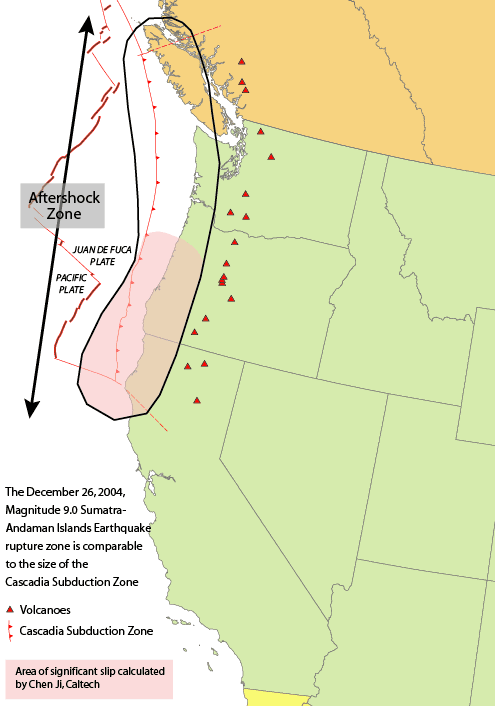Old Rocks
Diamond Member
Wow. Both those boats were within the Bay. The runup on the opposite mountain was 1700 ft high.Untrue. You are only paying attention to the splash. The actual wave produced was over 200 feet high.
When it made it to the open ocean it destroyed one fishing boat, and damaged another.
And, as I specified, it is an analog. In other words, a small scale example of what would happen when the La Palma fracture let's go.
You are being argumentative simply because you are an uneducated troll.
"Interestingly enough, the weather on July 9, 1958 was not the reason that three fishing vessels chose to anchor up in Lituya Bay.
According to one of the surviving fishermen, Howard Ulrich, it was a sunny day and the waters around the mouth of the bay were calm.
"Fishing had been poor on that memorable ninth day of July and I pulled my gear and headed the Edrie for Lituya Bay early in the evening," Ulrich told the Alaska Sportsman Magazine in an article for its October, 1958 issue. "all was smooth.it was a quiet and peaceful anchorage."
Two other boats joined the Edrie inside the bay, that night, the Badger and the Sunmore. But they chose an anchorage on the other side of the bay from the Edrie. When the wave came, two crews would survive and one crew would not."
SitNews - SURVIVING THE BIGGEST WAVE EVER By DAVE KIFFER
Historical Ketchikan and Southeast Alaska
Lituya Bay and the Vjont Dam in Italy are classical examples of geological hazards where water and land slides combine to create a major issue. The possible slide in the Canaries is not on the same scale of magnitude as the slides in the Hawaiian Islands. So a 100 meter or larger tsunami is not really a probability.

